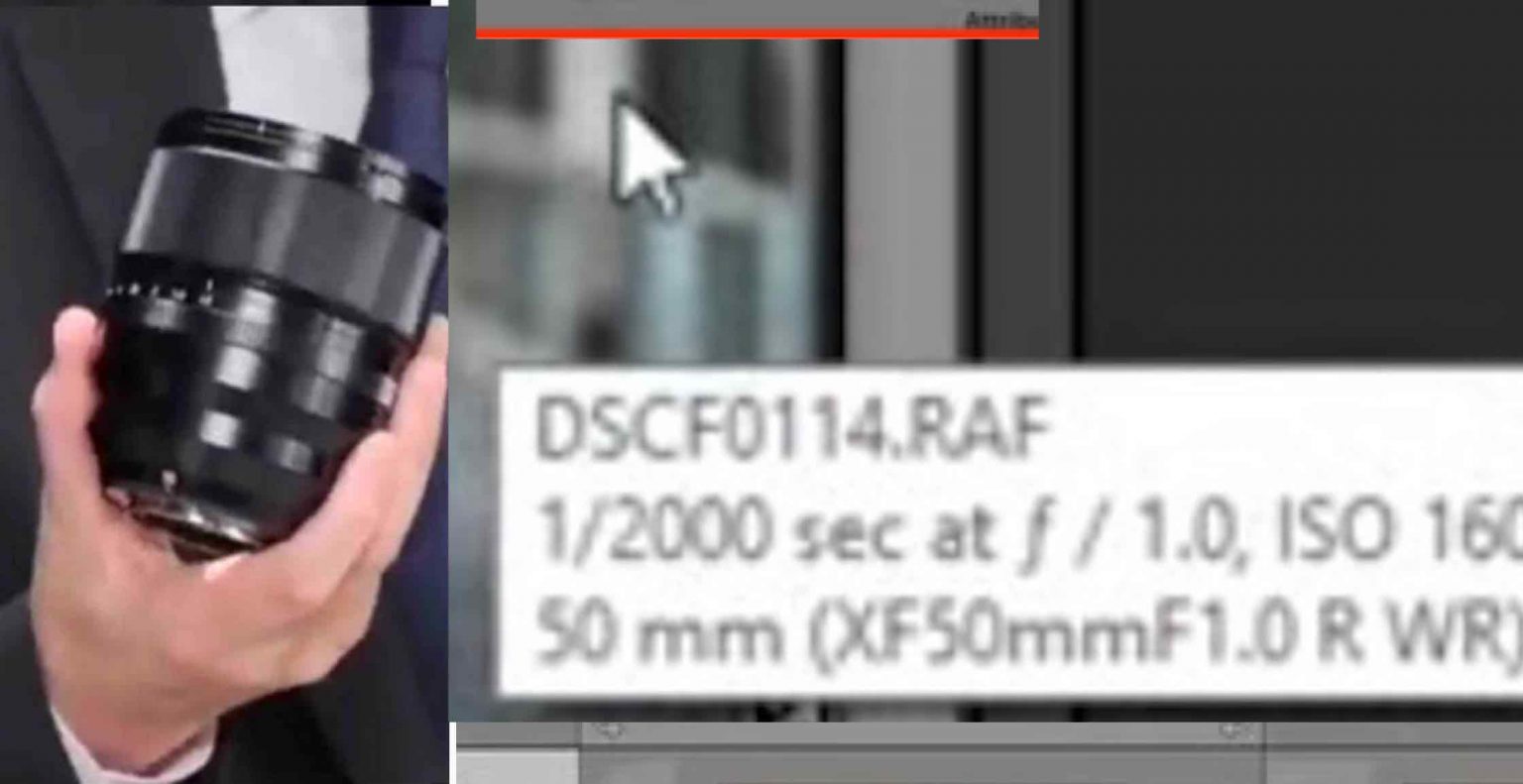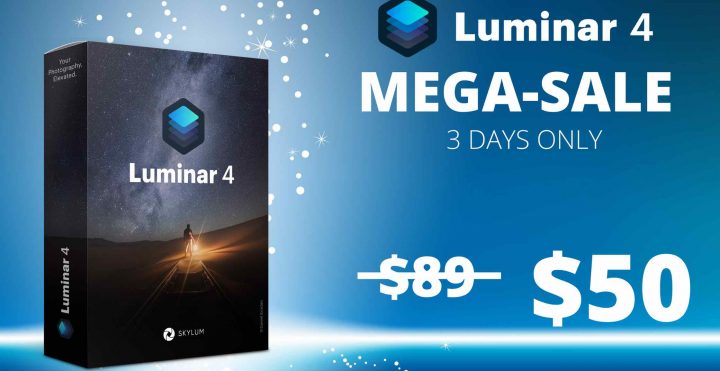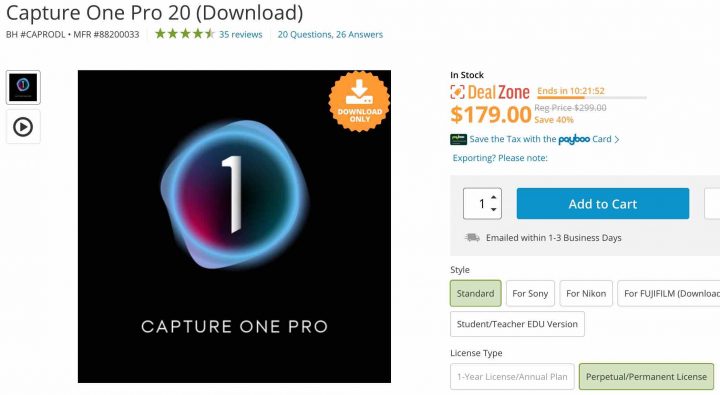FUJIFILM Explains Which Fujinon XF Lenses are Best for Video
One of the main critics to the Fujifilm system, and that we often read here in the comments on FujiRumors, is that despite Fujiiflm cameras becoming great video tools, not all Fujinon lenses are suitable for video.
It seems that Fujifilm felt pressed enough by your critics that they now decided to release a dedicated video explaining which Fujinon lenses are best for video.
The criteria they consider are:
- Autofocus
- Breathing
- Stabilization
And here are the lenses Fujifilm officially recommends:
Fujifilm also mentions that with those zoom lenses, you do not have to worry about AF motor noise.
But honestly, if you are seriously into video, you are probably going to use an external microphone anyway. For example, I filmed my online teaching lessons for my students (during COVID-19 lockdown) with the XF23mmF1.4, which isn’t the most silent, but I used my Rode Smartlav+ Mic Lav, so I couldn’t care less about how noisy the AF motor is.
For those wanting a unique look and feel, Fujifilm recommends to use primes, such as the:
The Fujinon XF80mmF2.8 Macro allows you to captures scenes with a different perspective.
That was it already. So you are basically best of with the 3 zooms mentioned above. Although I feel that the list could have extended and included the XF16-55mmF2.8.
I feel that the currently most comprehensive “Fujinon lenses for video” testing has been made by Philip Bloom. You should definitely check it out here, but keep in mind he used an older firmware, and not firmware 1.02, which, as FujiRumors reported exclusively, improved AF with lenses using DC motors (such as the XF56mmF1.2).





